- Home
- Hardie Board
Hardie Plank Siding
Hardie Plank siding, made by James Hardie, offers a compelling mix of durability, aesthetics, and long-term value. Here are the standout benefits:
Hardie Plank Siding, sometimes referred to as James Hardie Siding, Hardie Board Siding, or just Hardie Siding,
is one of the most popular home sidings sold in the US.
Hardie Board or Cement Board siding is stronger than vinyl sidings and has less maintenance than traditional wooden sidings.
It is strong, has minimal maintenance, is insect resistant and wind and water resistant.
It looks just like real wood with a lot less maintenance for the homeowner.
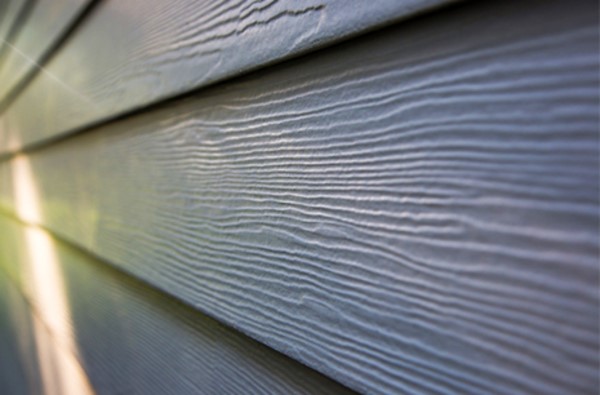 Hardie Board Siding. Hardie Board siding is the contractor’s top choice for wind- and storm-resistant home exteriors.
Hardie Board Siding. Hardie Board siding is the contractor’s top choice for wind- and storm-resistant home exteriors.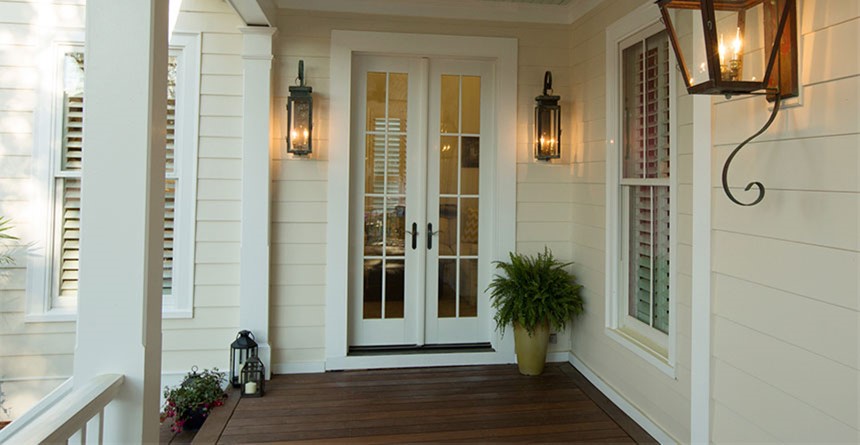 Hardie Board Siding looks great and has half the maintenance of real wood.
Hardie Board Siding looks great and has half the maintenance of real wood.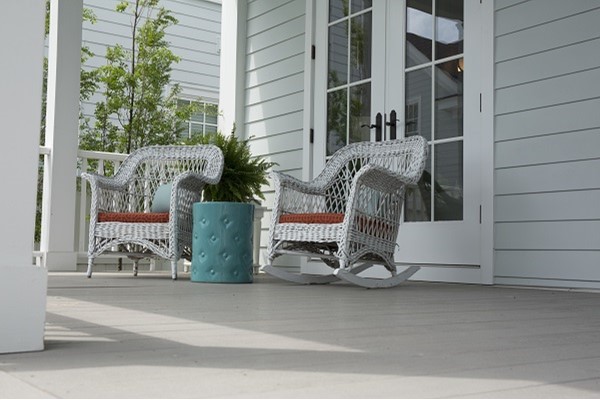 Hardie Plank Siding, Classic look. Timeless beauty. Minimal maintenance.
Hardie Plank Siding, Classic look. Timeless beauty. Minimal maintenance.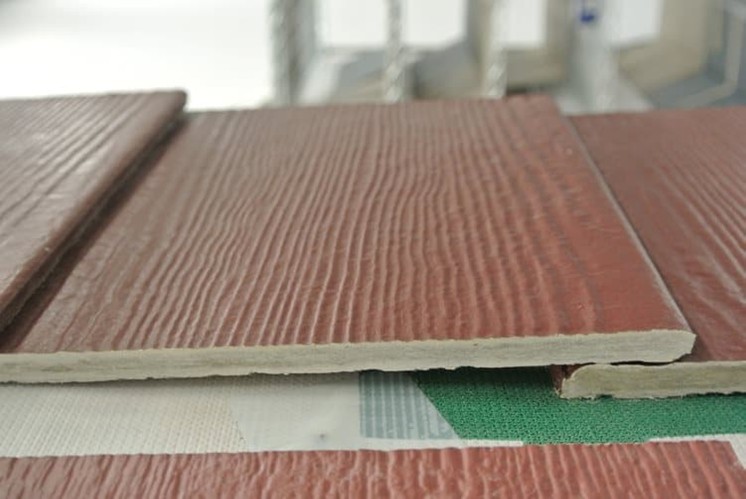 Hardie Board Siding is strong, durable, resistant to fire, wind, rain, sun, insects, and requires modest maintenance.
Hardie Board Siding is strong, durable, resistant to fire, wind, rain, sun, insects, and requires modest maintenance.What is Hardie Board Siding?
What Hardie Plank Siding is. It is sometimes referred to as; Hardie Board Siding, Hardie plank siding, or James Hardie Siding. Also called cement board, and fiber cement siding.
It is a home siding that looks like wood. It is composed of a blend of cement, sand, and cellulose fibers.
Formats: It typically comes in planks, panels, clapboard lap, shakes, and vertical and horizontal styles.
Look: Mimics real wood siding but with far less maitenance.
Sometimes know as Cementitious Siding, or Fiber Cenent Siding;
Benefits of Cementitious Siding;
Cementitious siding, commonly known as fiber cement siding, is a durable and low-maintenance exterior material made from a mixture of cement, sand, and cellulose fibers.
Cementitious siding is primarily composed of:
- Portland Cement: Provides strength and durability.
- Sand: Adds stability to the material.
- Cellulose Fibers: Enhance flexibility and reduce the likelihood of cracking.
- Water: Activates the cement and helps in the curing process.
The manufacturing process involves blending these materials, forming them into sheets or planks, and curing them under high pressure to enhance durability.
Core Benefits,
- Durability: Fiber cement siding is resistant to harsh weather conditions, UV rays, and moisture. Unlike wood, it does not warp or rot, ensuring a longer lifespan for your home’s exterior.
- Low Maintenance: It requires minimal upkeep compared to traditional siding materials. Routine cleaning with a garden hose is usually sufficient, and it does not need frequent painting or staining.
- Fire Resistance: Cementitious siding is non-combustible, making it a safer option in fire-prone areas. Many insurance companies offer discounts for homes with fiber cement siding due to its fire-resistant properties.
- Aesthetic Versatility: Available in various colors and textures, fiber cement siding can mimic the appearance of wood, brick, or shingles, allowing homeowners to achieve their desired look without sacrificing durability.
Comes in Various Styles
It comes in all the popular home siding styles. Vertical siding, horizontal siding, Lap siding, and even shakes.
 Hardie Board Siding Styles and Textures.
Hardie Board Siding Styles and Textures.Benefis of Hardie Plank Siding
Here are the standout benefits of choosing Hardie Board Siding;
Durability & Resilience
Durability & Resilience
- Rot & Insect Resistance: It’s impervious to termites and won’t rot like wood.
- Fire Resistance: Composed of cement and sand, it’s non-combustible and approved for fire-rated construction2.
- Weather Toughness: Withstands extreme conditions—hail, wind over 100 mph, and salt spray from coastal environments2.
- Climate Engineering: Products like HZ5® are tailored for freeze-thaw cycles and high humidity zones
Design & Aesthetic Flexibility
Design & Aesthetic Flexibility
- Versatile Appearance: Mimics wood lap, cedar shingles, or board-and-batten styles with a more realistic finish than vinyl2.
- ColorPlus® Technology: Factory-baked finishes offer fade resistance and consistent color application across 23 vibrant shades2.
- Trim & Texture Options: Wide range of textures and trim combinations for custom curb appeal
Value & ROI
Value & ROI
- High Return on Investment: Consistently ranked #1 for siding ROI—up to 88.4% in some markets2.
- Long Warranty: Typically comes with a 30–50 year limited transferable warranty.
Maintenance & Installation
Maintenance & Installation;
- Low Maintenance: Doesn’t require frequent repainting or upkeep like wood, though occasional repainting may be needed.
- Heavier Material: Installation requires more labor and planning due to its weight, which can increase upfront costs.
Key Features of Hardie Board
Here are the key features of choosing Hardie Board for your exterior home siding.
- Durability; Highly durable, resistant to warping, rot, insects, and pests. Can withstand high winds and coastal rain.
- Fire Resistant; Non-combustible material, better fire performance than wood or vinyl.
- Low-Maintenance; Holds paint well.
- Aesthetic; Mimics traditional wood siding. Comes in various textures and styles.
Why Hardie Plank Siding?
Why choose Hardie Board Siding for your house siding.
- Strength and Durability; Known for its exceptional strenth and durability.
- Resistance to Rot and Warping; Hardie Board is resistant to rot, warping, and cracking.
- UV Resistance; Resists damage from strong sun (HV) exposure.
- Can Withstand High Winds; Incuding hurricane-force winds.
- Low Maintenance; Requires minimal maintenance, does not need frequent painting.
- Aesthetic Appeal; Comes in a variety of styles and colors.
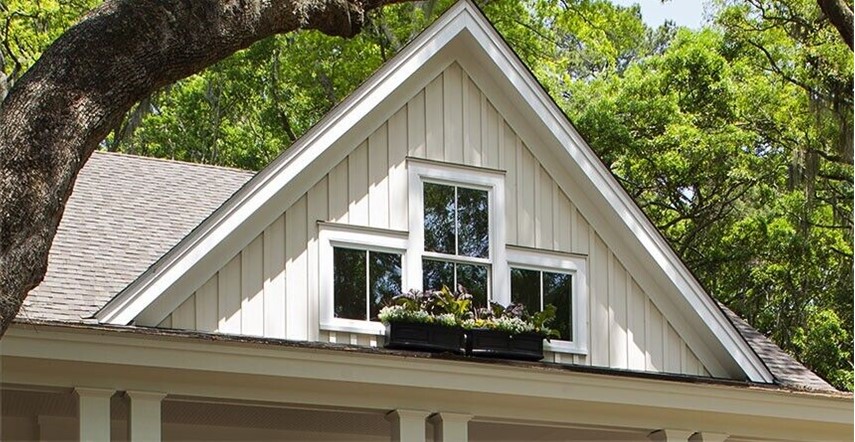 Board and Batten Style Hardie Plank Siding.
Board and Batten Style Hardie Plank Siding.The Appropriate Hardie Board Siding
There are numerous designs and colours of Hardie board siding available, allowing you to customise the exact look you want for your house. When selecting Hardie board siding, keep the following things in mind:
- Style: Board and batten, shake, and lap siding are just a few of the types available for Hardie board siding. Select a style that best accentuates your home’s architectural features.
- Colour: There is a large variety of colours available for Hardie board siding, so you can pick the ideal shade to complement the exterior of your house.
- Texture: Woodgrain, rough, and smooth are just a few of the textures available for Hardie board siding. Select the texture that most appeals to you.

If you would like to get more information on Hardie Board Siding, or maybe talk to a certified Hardie Board profession to ask questions, just let us know. No Obligation, nothing to buy.
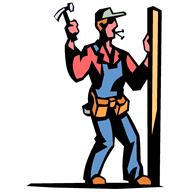
Great Siding for Harsh Climates
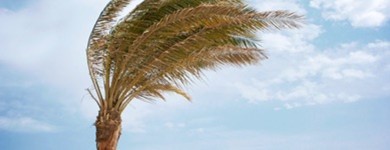 Hurricanes and high winds.
Hurricanes and high winds.Suitability for Coastal Areas
Hardie board is considered an excellent choice for coastal environments for several reasons.
- Moisture Resistance; Fiber cement handles exposure to salt air and humid conditions much better than wood siding.
- Salt Air Tolerance: Unlike metals that can corrode or vinyl sidings that can fade quickly, fiber cement maintains its structure and appearance in salty coastal air.
- Wind & Storm Durability; It's heavier and more robust, offering better resistance to high winds and even hurricanes.
- Fire Risk Reduction: Coastal regions often have elevated fire risk due to brush fires, and Hardie board's fire-resistant nature provides an advantage.
In short; Hardie board is among the most recommended siding options for homes near the coast.
When you buy Hardie Plank Siding it is sold by regions. It always prefered to have a professional installer do the installation.
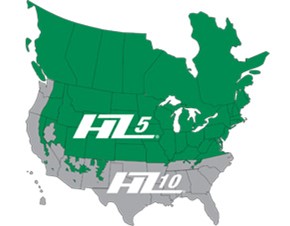
Hardie Board Siding. Great for areas where heavy rains, high winds, strong sun and hurricanes.
Hardie Board can withstand high winds, including hurricane-force winds, without getting damaged.
It is exceptionally resilient and can withstand extreme temperatures, and high winds. This makes it perfect for coastal areas and areas where harsh weather is a problem.
 James Hardie Board Siding is specifically designed for coastal areas and regions with harsh weather conditions.
James Hardie Board Siding is specifically designed for coastal areas and regions with harsh weather conditions.What does Hardie Board Cost?
What does it cost? This product is made from concrete and therefore much heavier than vinyl sidings. It is much heavier, and therefore harder to install than vinyl sidings. It requires professional installers to apply. Because of this it will cost about 40% more than the average vinyl siding.
It is usually priced around the $10+ range. The number of stories you have on your house and the number of corners the house has will greatly affect the cost of application.
Hardie board is heavy and requires more labor to install than vinyl sidings. A 100 sq ft section weights over 300 lbs compaired to about 40-60 lbs for vinyl siding.
Cost Estimates for Residing
While actual installation costs vary depending on your region and specifics of the job, here's a general breakdown:
- Material Costs; Typically range from about $3 to $5 per sq. foot. Complex patterns, thicker boards, and special finishes can increase that range.
- Labor and Installation; Contractors often charge an additional charge depending on old siding removal, repairing or replacing weather damaged wood around trim.
- Muti-Story Homes; Two + story houses will need more scalfing and labor to reach.
- Primer and Paint; Will be an additional charge for labor and materials.
Hardie Board Siding Costs
Hardie board siding costs anywhere from $6 to $8.50 per square foot to buy. So, if you were to choose this siding for your 2,000 sq ft home, you would expect to pay somewhere around $13,750 to $26,000 in total installation costs.
The national average to install Hardie board is $20,000.
Please note that these numbers are just general points and change and vary based on the size and location of your home plus the additional work that may be necessary to get your existing house ready for installation.
Factors that Affect the Cost of Installation
The factors that affect the cost of installing this type of siding are:
- How many stories do you have? The more stories the more labor required.
- How many corners do you have? The more corners you have on your house the more labor required.
- How many doors and windows do you have? The more doors and windows the more labor required to trim and frame around. More labor, more costs.
- How much work is required to fix rotted, water damaged facia and soffit, window and door trim, or insect infested wood? All these things must be fixed before a new siding can be installed.
 Water-damaged wood needs to be repaired before siding installation.
Water-damaged wood needs to be repaired before siding installation.To see more information on what goes into the total installation price, # of stories, # of corners, time of year, window and door trim, and facia / soffit repair or replacement.
Click Here: Click Here: How to figure the cost of siding.

Hardie Plank Siding has been specified in hurricane zone building codes across the country for use in high winds, hurricane, tornado, and wildfire prone areas
Hardie Plank Siding is designed to last up to 50 years with protection against cracking, rotting, hail, termite damage and more.
It is fire resistant because it is 90% sand and cement. Requires minimal upkeep. It comes with50-year warranty.
Resists high winds up to 150 mph.
To see more information on Hardie Board Siding, Click Here
To learn more about Home Siding Styles and Types,
